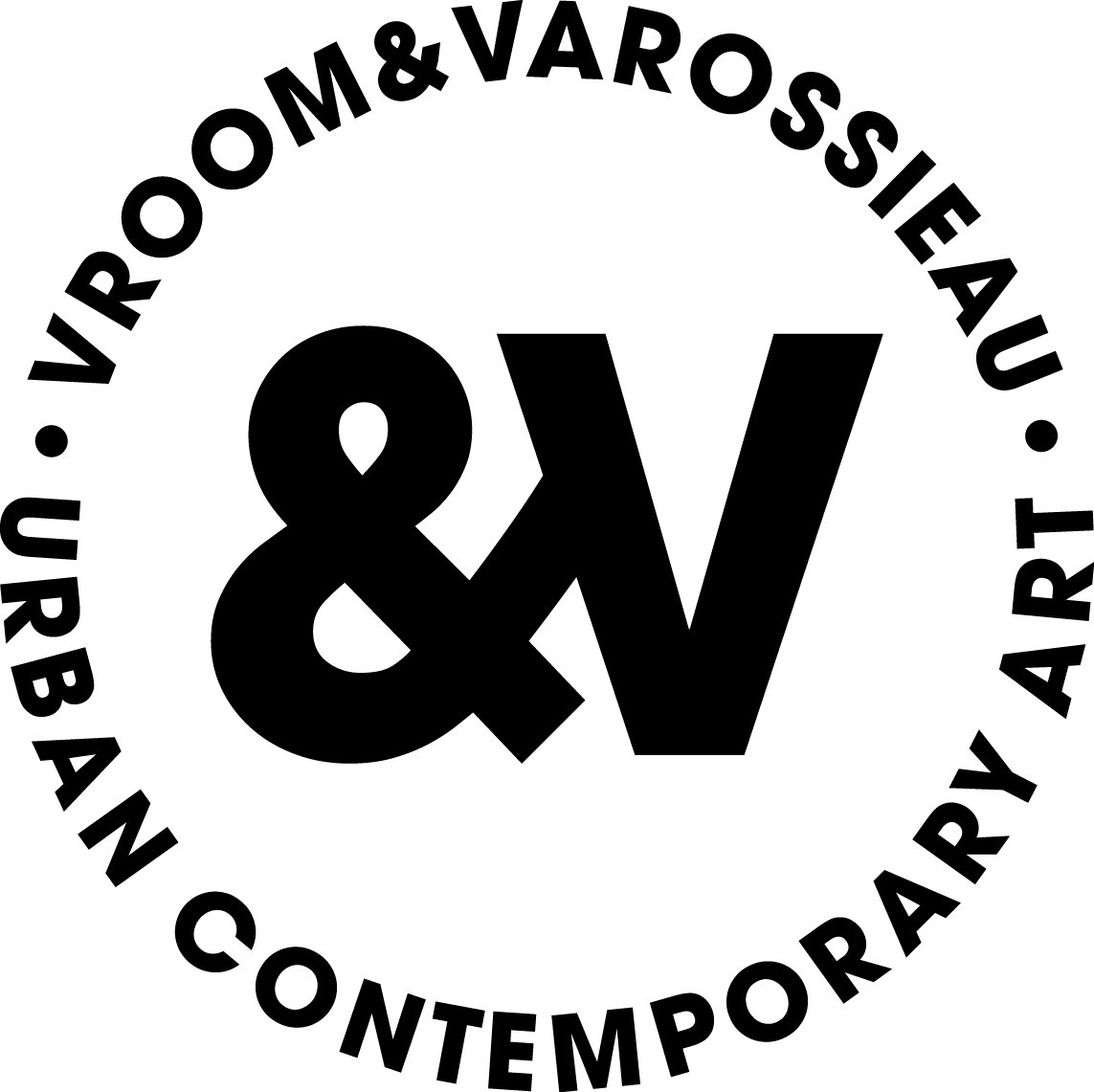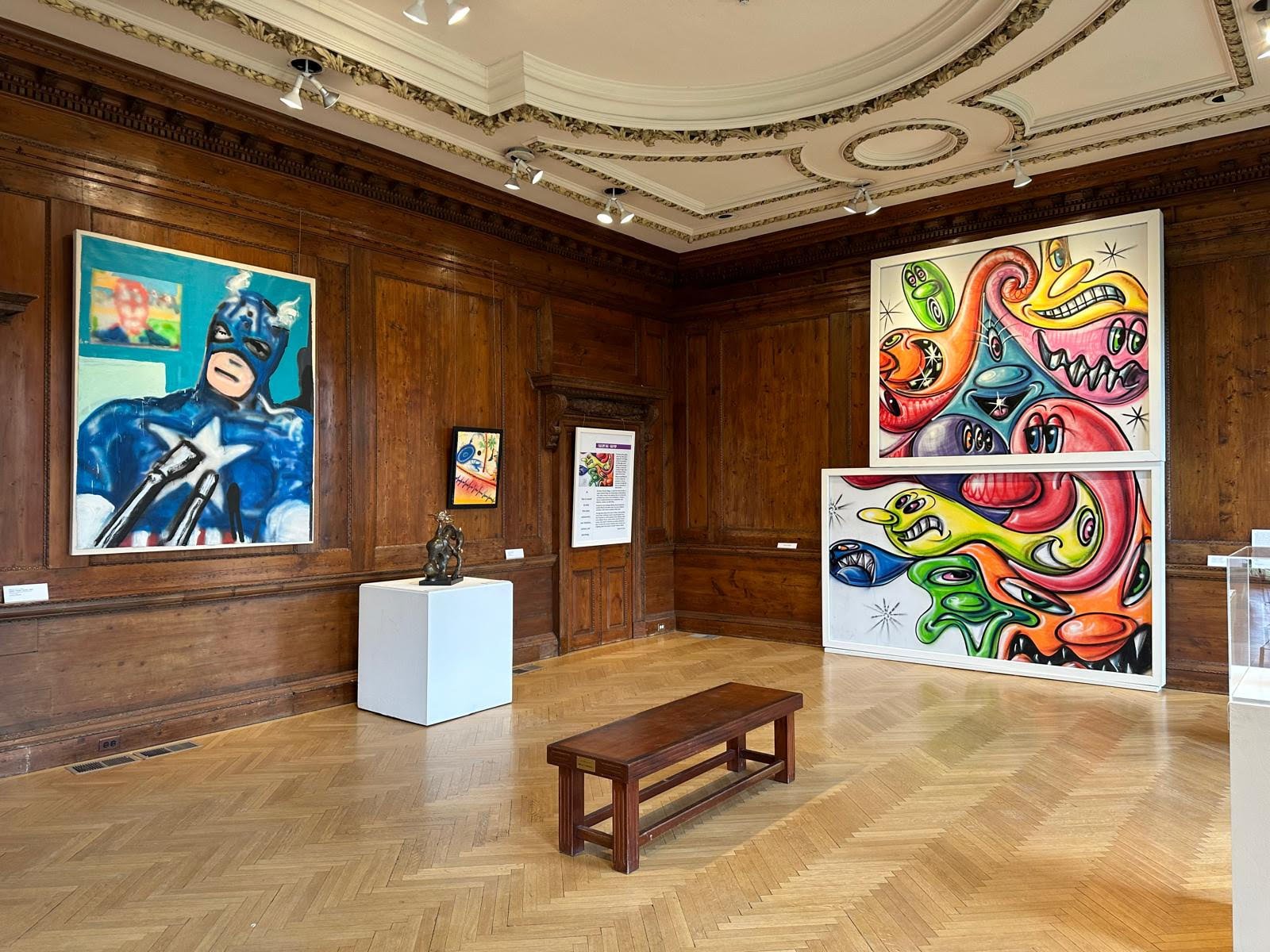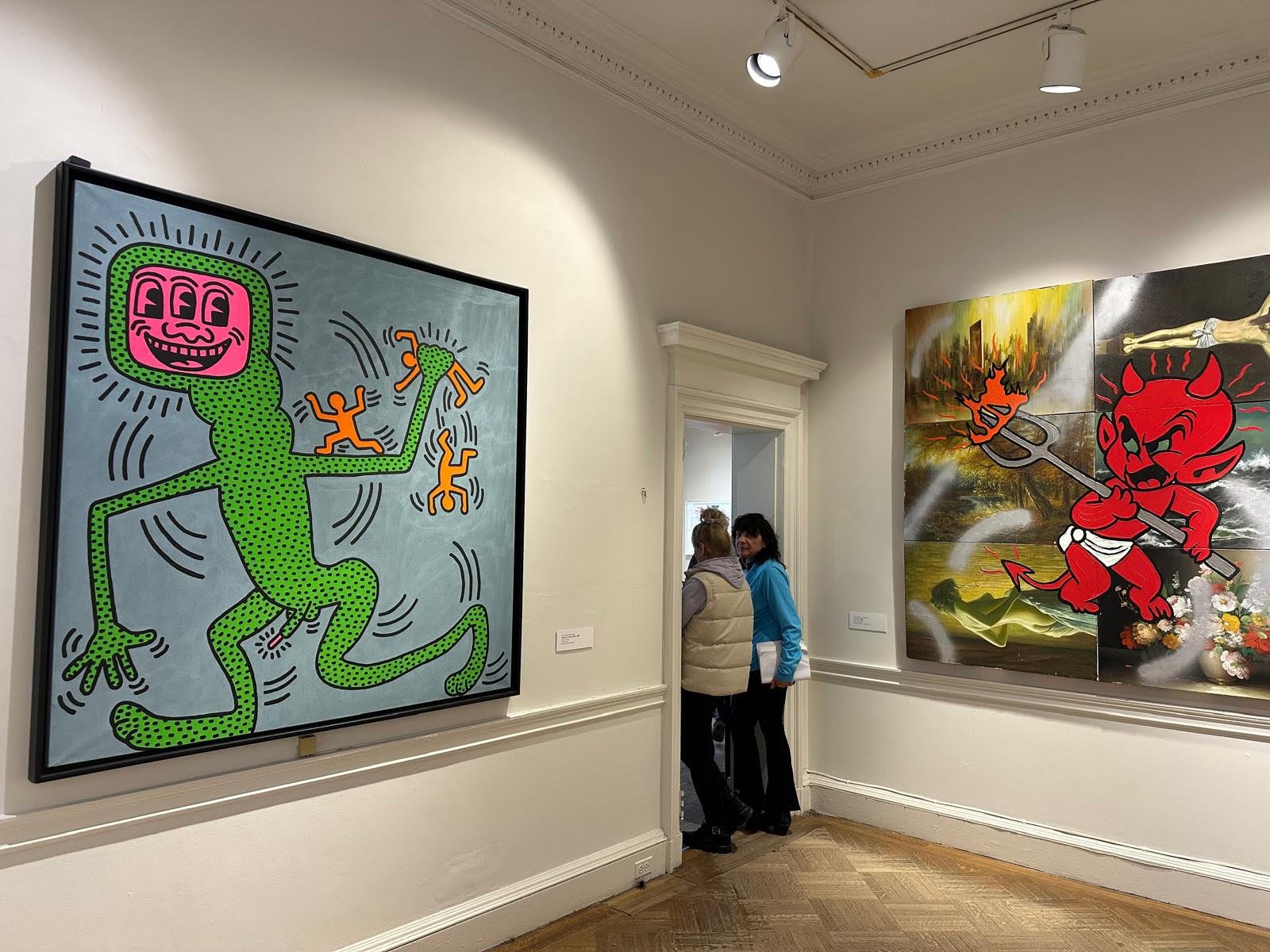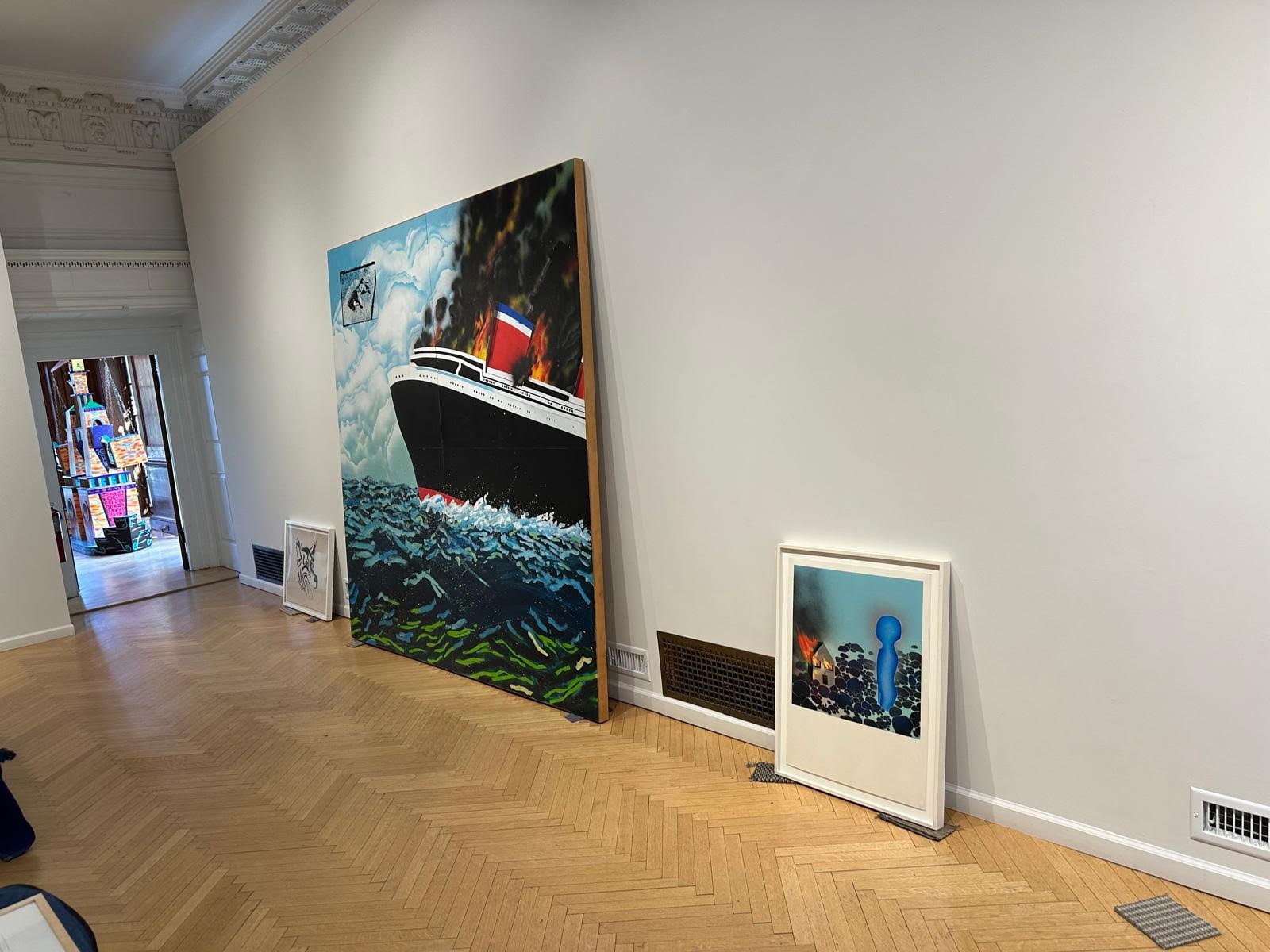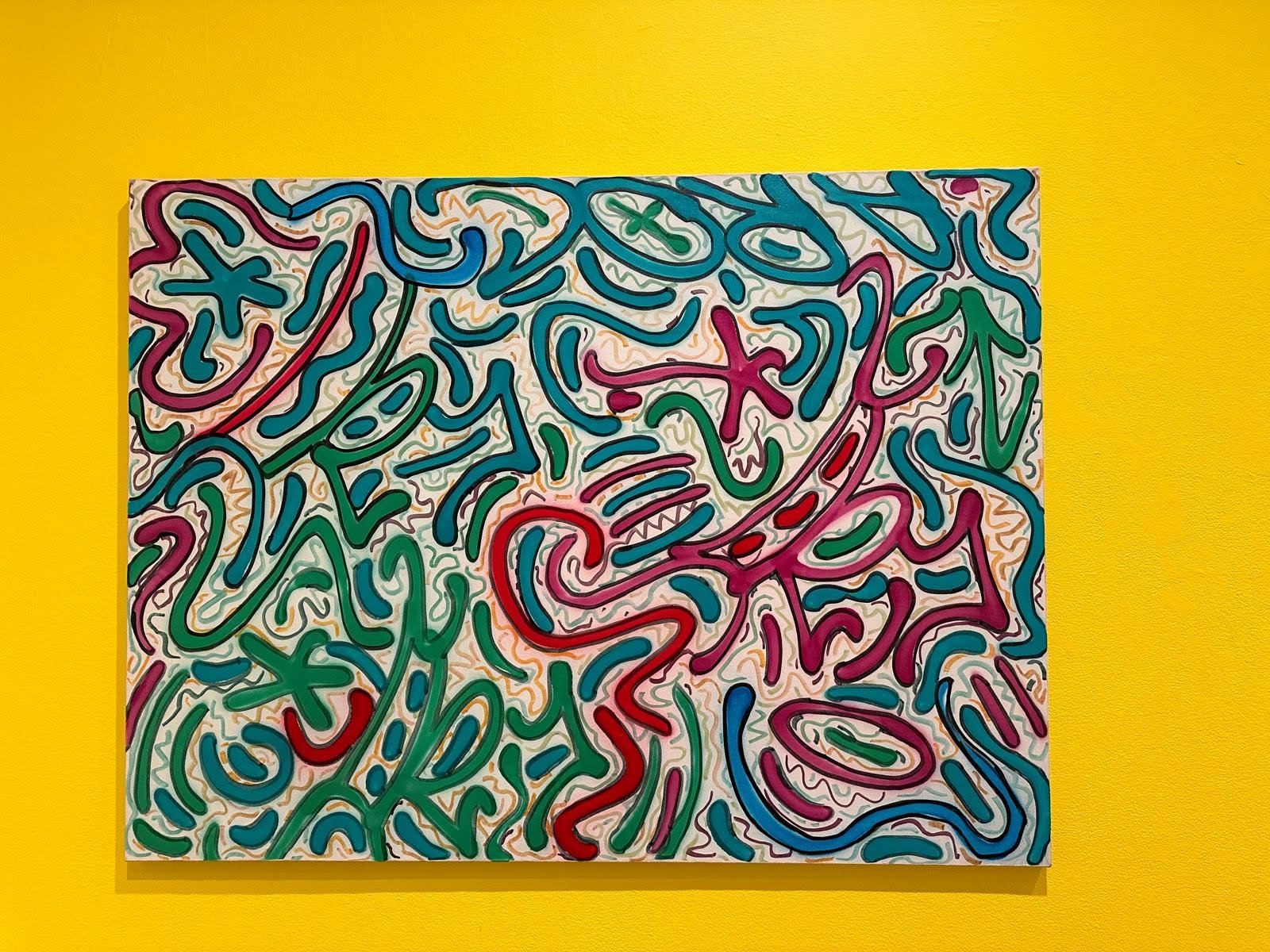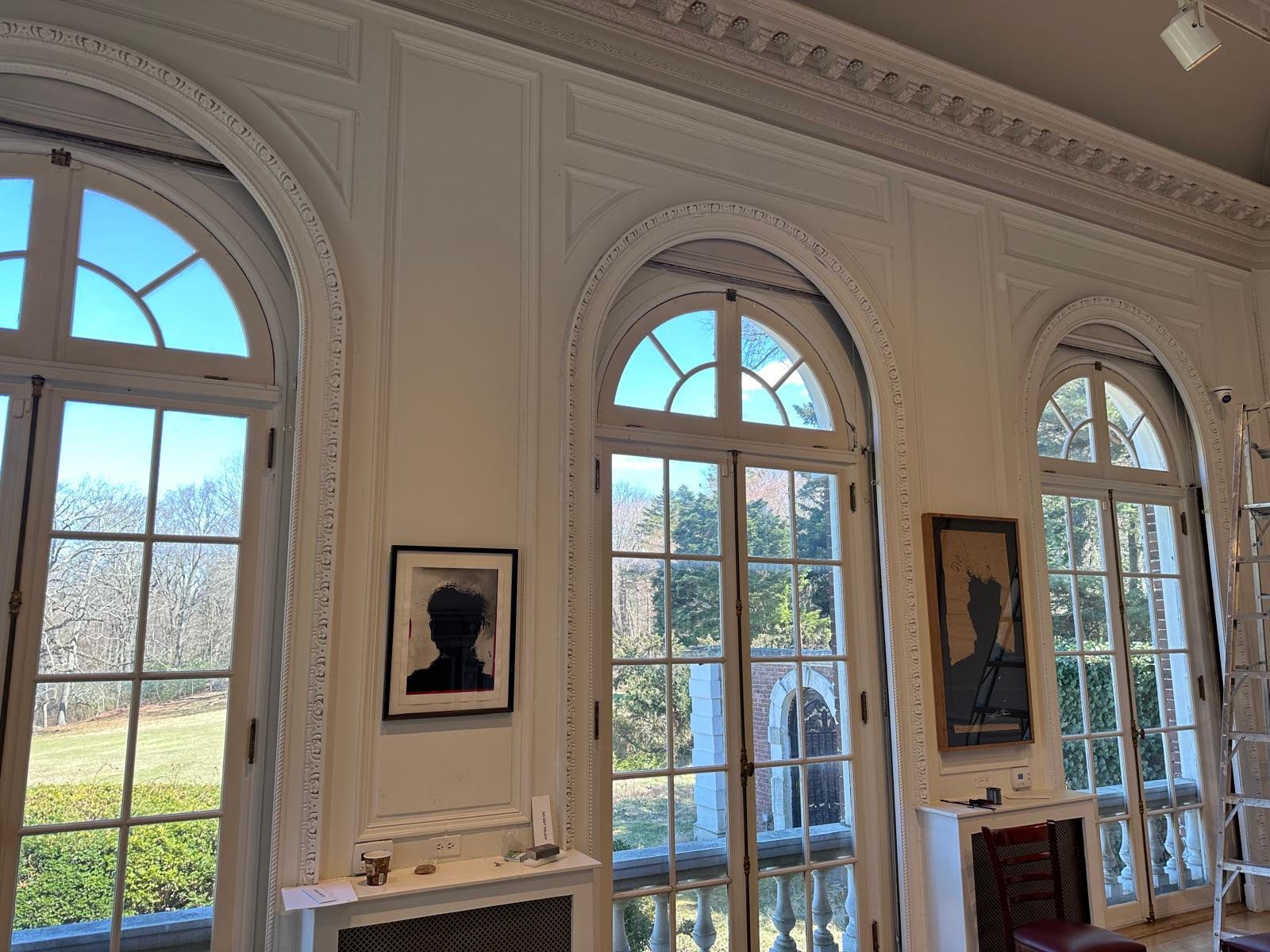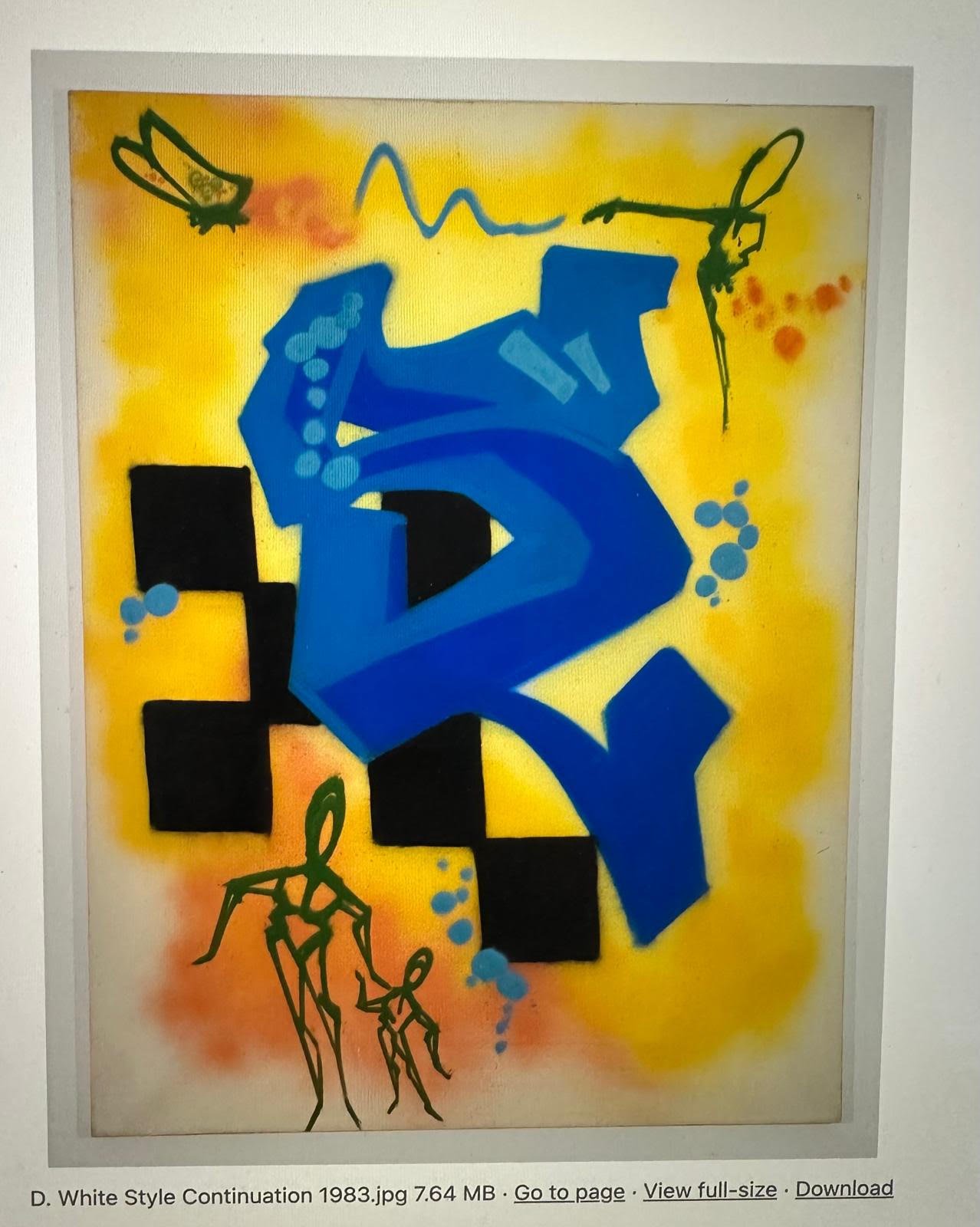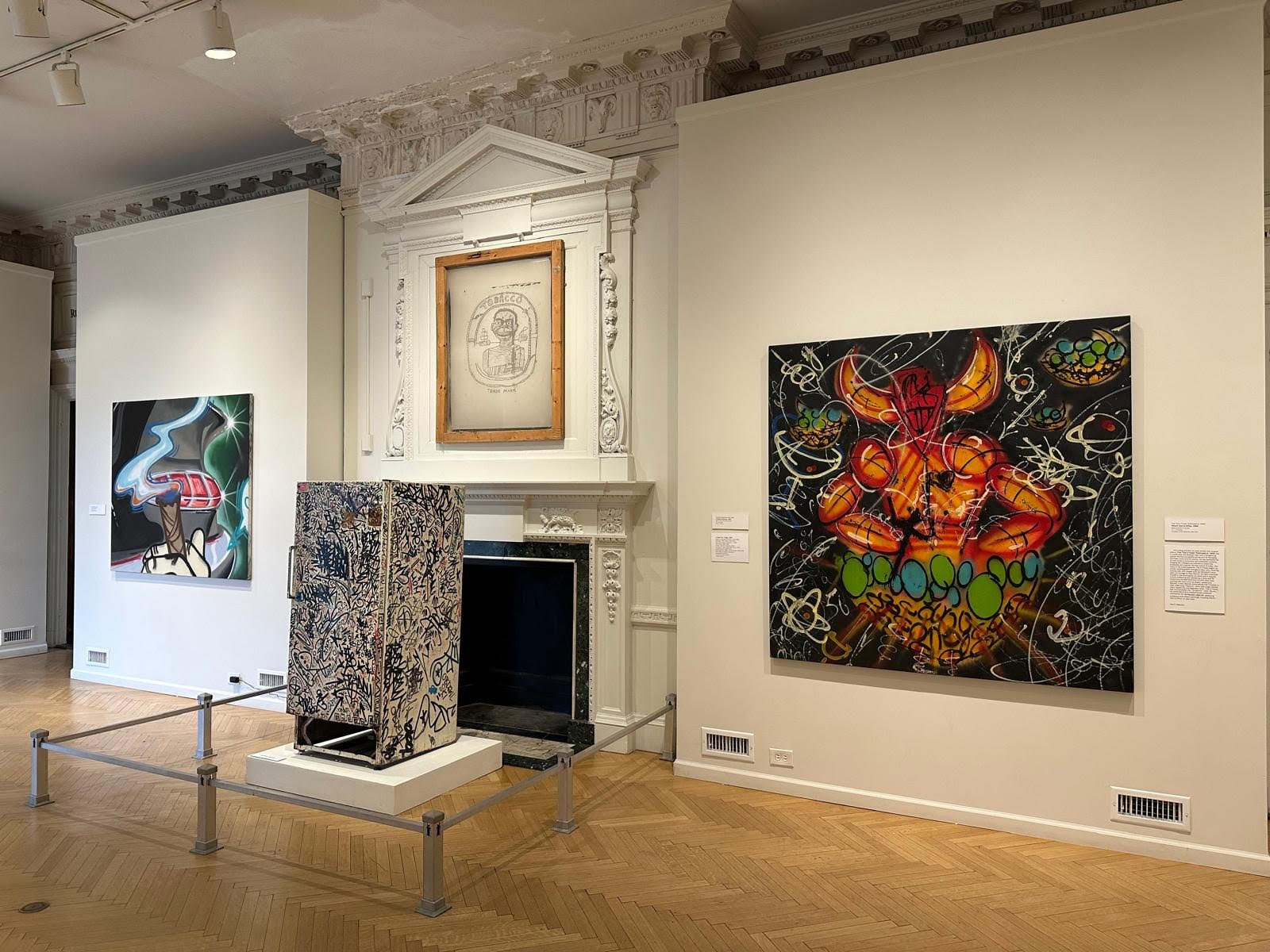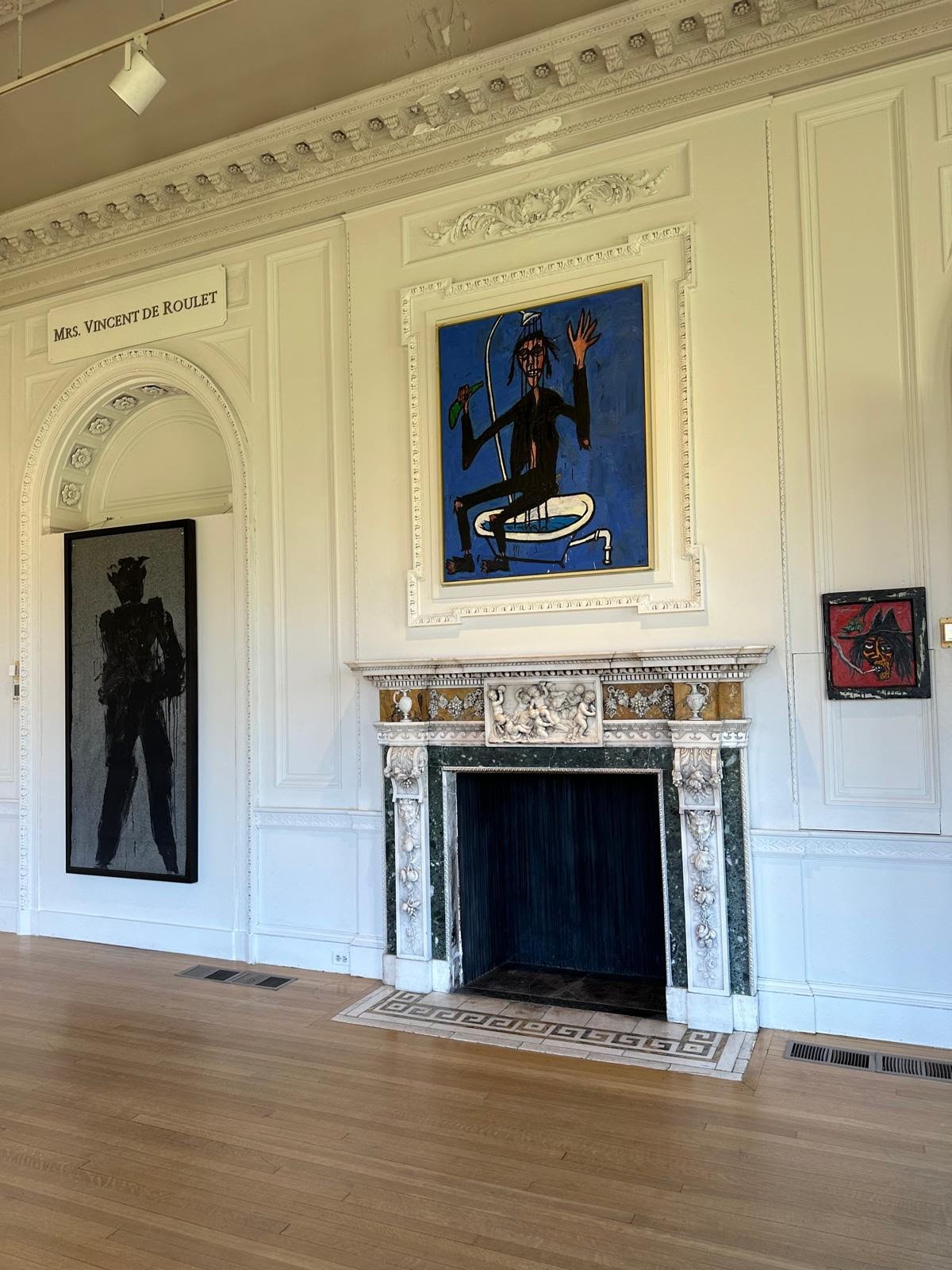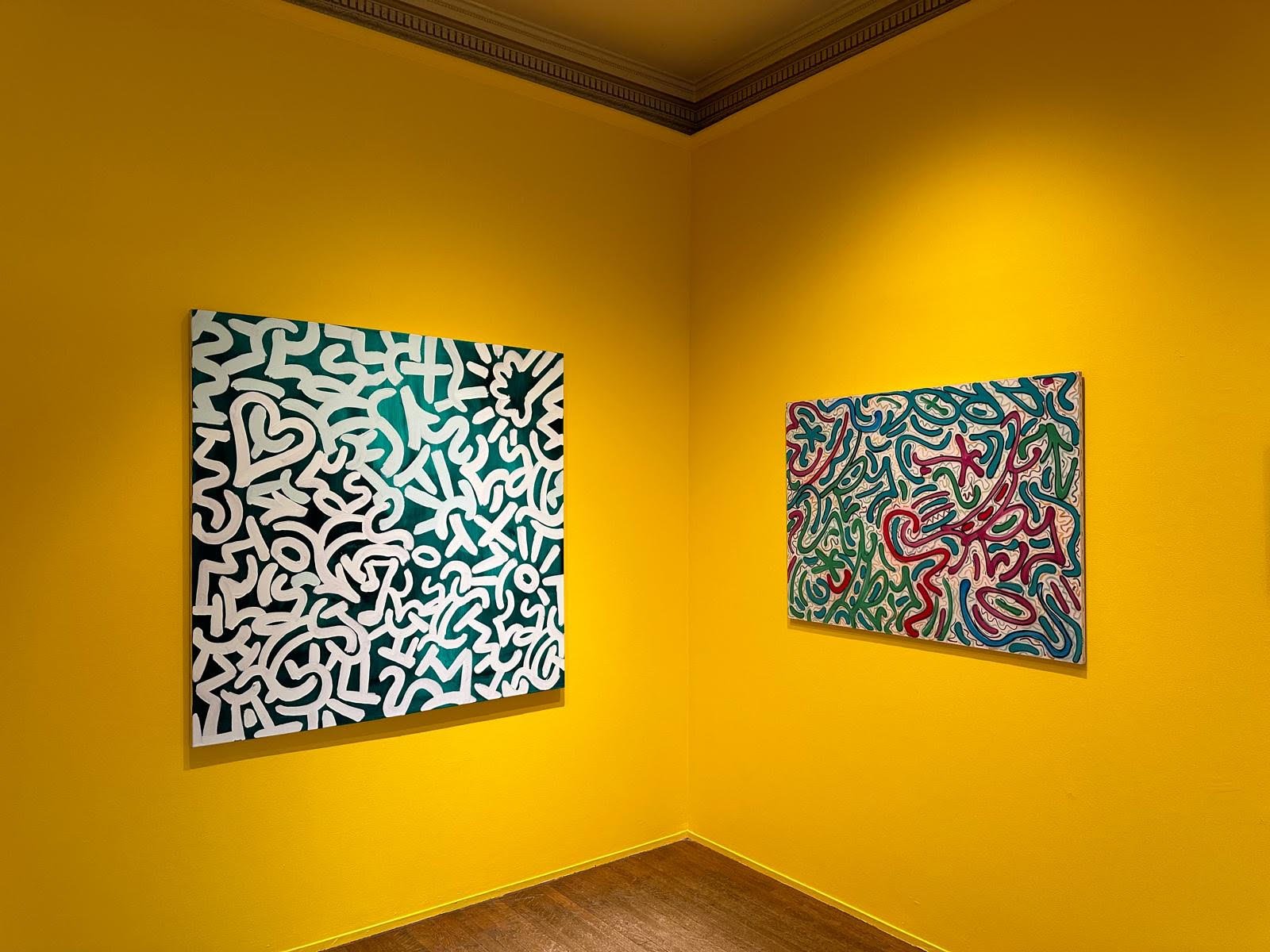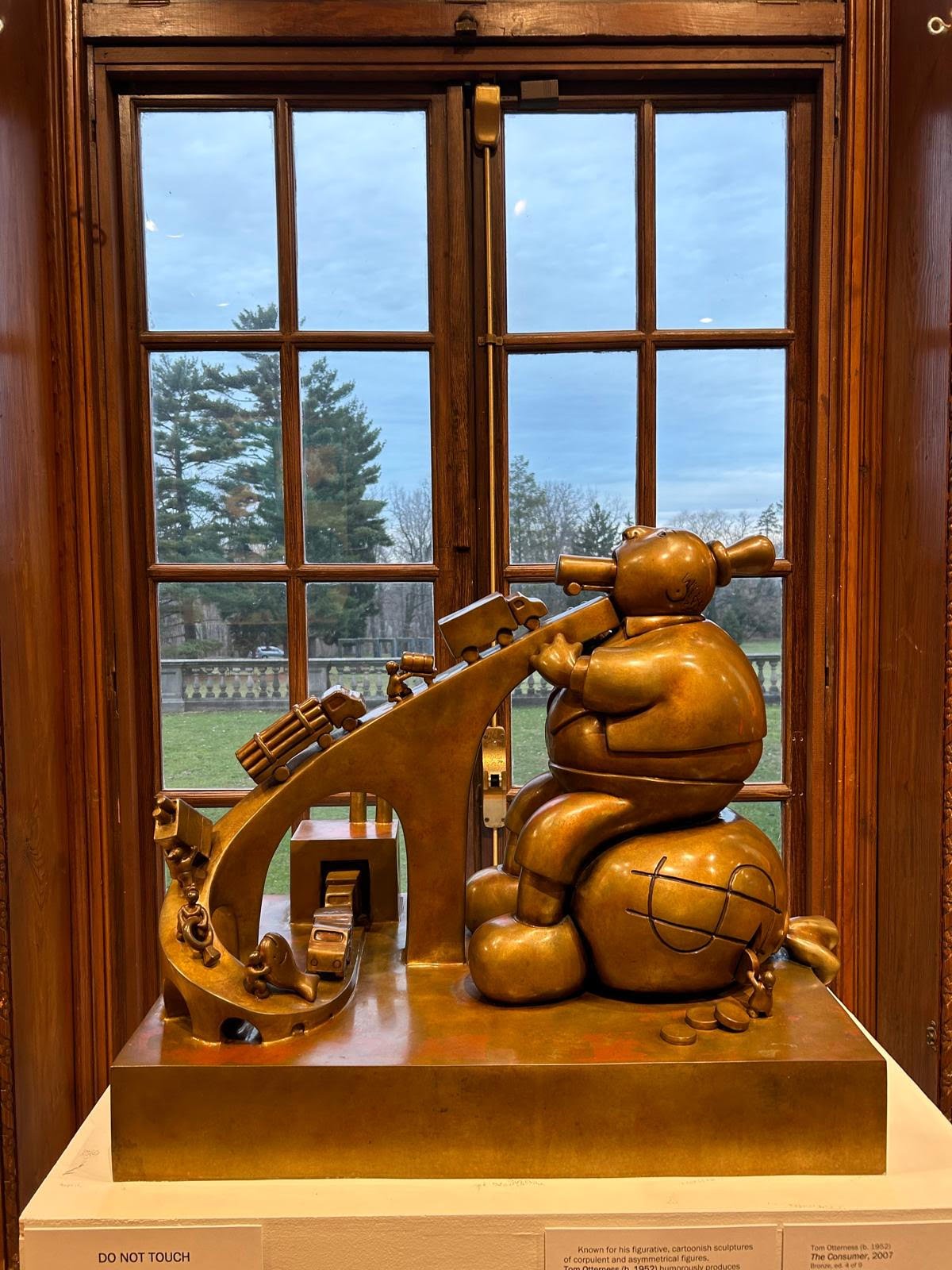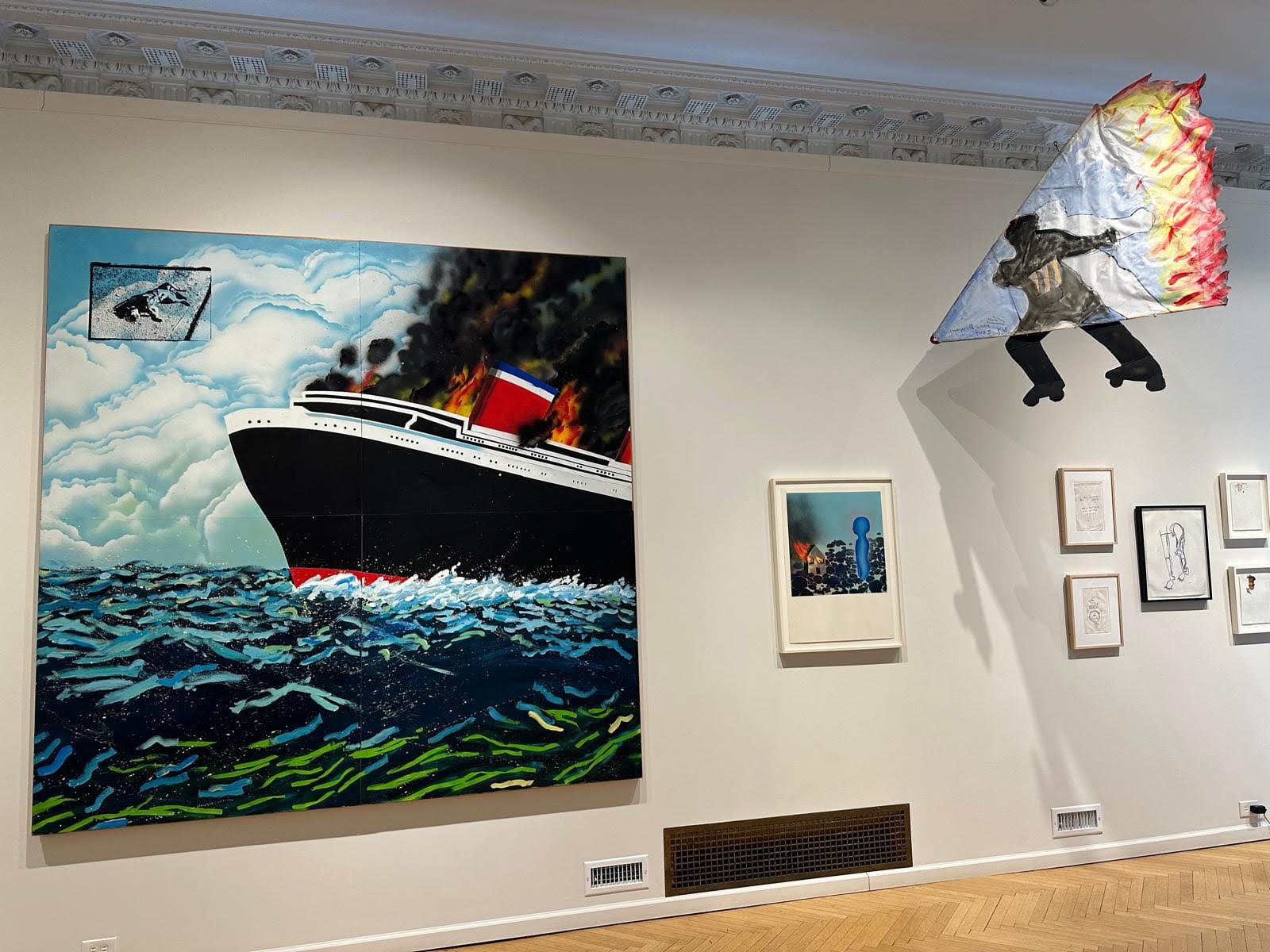Urban Art Evolution
A large-scale, in-depth exhibition surveying the 1980s downtown NYC art/street art scene, opening March 23-July 7 at the Nassau County Museum of Art.
Urban Art Evolution a large-scale, in-depth exhibition surveying the 1980s downtown NYC art/street art scene, opening March 23-July 7 at the Nassau County Museum of Art (One Museum Dr, Roslyn, NY), located on the former Frick "Clayton" Estate, a stunning 145-acre property in Roslyn Harbor on Long Island’s Gold Coast (the Museum’s outdoor sculpture collection includes over 40 pieces by 30 sculptors, located throughout its 145 acres of fields, woods, ponds, and formal gardens, also known as the William Cullen Bryant Preserve; the Museum offers year-round programming and 3 full exhibitions annually).VIP Preview, March 22, 6pm-8pm.
Urban Art Evolution is a comprehensive installation showcasing over 30 artists (approximately 100 total works), focused heavily on pieces from 1980s downtown NYC (alongside some from 1990s to now), a diverse range of compositions by creators who were based in the rough & tumble area of NYC known as Loisaida/LES/East Village (and surrounding neighborhoods): period photography, sculpture, paintings, performance works, films, and important ephemera from many influential artists during this pivotal time in art history (many with strong LI connections/have been exhibited at Museum over the years, indicated by *). Included will be Jean-Michel Basquiat*, Mike Bidlo, Linus Coraggio, Ronnie Cutrone, Al Diaz, Dondi*, Chris “DAZE” Ellis*, Judy Glantzman (born in LI), Rodney Greenblatt, Richard Hambleton*, Keith Haring*, Eric Haze, Mark Kostabi* (has been solo exhibited at Museum multiple times), Angel Ortiz/LA2, Rick Prol, Judy Rifka (raised on LI), Walter Robinson, James Romberger (born in LI), Kenny Scharf* (has been solo exhibited at Museum multiple times/in permanent collection), and David Wojnarowicz. Attached is a small sampling of pieces that will be in the show along with a few photos of the Museum and property.
Guest curated by esteemed 1980s art collector and gallerist Christopher Pusey, the catalyst for the exhibition is the major moment the urban art & music scene is currently enjoying within the cultural Zeitgeist like the 50th anniversary of "birth of Hip-Hop, the recent 40th anniversary of the release of the seminal film on the graffiti art movement, Wild Style, making 2024 a perfect time to exhibit the works of the pioneering visual artists that were on the cutting edge of urban inspired contemporary art. The timeline for the curation goes back to the early 1980's where Pusey was a young art dealer witnessing the confluence of theses genres with film, music, and art cross pollinating & influencing each other in immeasurable ways. Rounding out the artist roster for the exhibition are Christopher Hart Chambers, Tseng Kwong Chi, Martha Cooper, Jane Dickson, Fab Five Freddy, Timothy Greenfield-Sanders, Ken Hiratsuka, Stephen Lack, John “CRASH” Matos, Hank O’Neal, Lee Quiñones*, and Martin Wong.
Many of the artists in the show tested the limits of the contemporary trends at the time, pushing the boundaries of what was considered "art", with a primary focus on – but not limited to – urban art (street/graffiti), as the genre is now often referred, many works on display will be by artists considered to be true pioneers of the genre: through the use of spray painted murals & wall poetry, oil paintings, sculpture, performance art and photography – they essentially used the city as their canvas. The exhibition's scope will also cast a broader embrace and be inclusive of other creative residents who worked inside their studios but still contributed to the rich fabric of the downtown art scene from different vantage points and aesthetics during the period.
NCMA will also host a number of weekend film viewings with guest lecturers and have invited the important writer and art historian Carlo McCormick to assist with the exhibition catalog essay.
A little more on the history of the property: in 1919 Henry Clay Frick, co-founder of US Steel Corporation and world famous art collector, purchased the property/land as a gift for his son and daughter-in-law, Childs and Frances Frick. They hired British architect Sir Charles Carrick Allom to redesign the facade as well as the interior of their new home, which they named Clayton (the grounds at Clayton developed by the Fricks were among the foremost landscapes in America). Childs Frick was also an avid sportsman and lover of the outdoors so the estate also included two tennis courts (one grass and one clay), a polo field, two ponds for skating and canoeing, a shooting range, a swimming pool, bridle paths, and a ski slope with its own snow making machine. The family’s love of animals and the outdoors included a large animal zoo with a bear pit, snakes, and an alligator, an aviary, a monkey house, and otters in a pond. Frances and Childs Frick lived at Clayton with their children, Adelaide, Frances, Martha and Henry (nicknamed Clay), for almost 50 years. Childs died in 1965 at the age of 81. Four years later the estate was purchased by Nassau County to establish the Nassau County Museum of Fine Art, administered by the county’s Office of Cultural Development. In 1989, the Museum became a private not-for-profit institution, governed and funded by its own board of trustees. A major exterior restoration of the historic mansion was undertaken some years ago; the mansion was then renamed the Arnold and Joan Saltzman Fine Arts Building. A sculpture park was also begun in 1989 and became one of the largest publicly-accessible sculpture parks in the Northeast.
